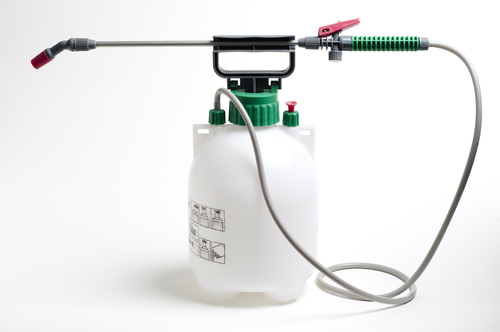 |
Recent changes to the regulation of pesticide applications may require National Pollution Discharge Elimination System (NPDES) permits for water pesticides. Today, we will look at the Final Rule and two of its primary definitions and tomorrow, we will review additional compliance aspects and clarifications.
After almost 6 years in court, two pesticide application exemptions from NPDES permitting requirements are no longer available. The exemptions were found to be inconsistent with the Clean Water Act (CWA) by the 6th Circuit Court of Appeals and were officially removed from the 2006 NPDES Pesticides Rule by the U.S. Environmental Protection Agency (EPA) in a Final Rule issued on June 27, 2013.
The two exemptions were contained in 40 CFR 122.3(h):
(1) The application of pesticides directly to waters of the United States to control pests; and
(2) The application of pesticides to control pests that are present over waters of the United States, including near such waters, where a portion of the pesticides will unavoidably be deposited to waters of the United States to target the pests effectively, provided that the application is consistent with relevant Federal Insecticide, Fungicide and Rodenticide Act (FIFRA) requirements.
Forget expensive calls to lawyers and consultants. With Enviro.BLR.com, you get instant access, 24/7. Try it out today and get an the 2013 EHS Salary Guide, absolutely free. Download Now.
The fundamental premise of the change is based on the determination by the court that “(1) biological pesticides and (2) chemical pesticides that leave a residue are pollutants as defined under the CWA and as such are subject to regulations applicable to pollutants.”
Specifically, the EPA has identified four “pesticide use patterns” that generally cover the many different scenarios for pesticide application for controlling mosquitoes and other flying insect pests, weeds and algae, animal pests, and forest canopy pests. Application of pesticides, including from nozzles of planes and trucks, irrigation equipment, etc., was previously determined to be a point-source discharge requiring a NPDES permit and thus, now pertains to water-related pesticide applications as well.
As with most regulations, there are a few elements that require clarification due to their ambiguity. In this case, two phrases are particularly subjective: “near such waters” and “chemical pesticides that leave a residue.” Since the change was court ordered and not at the discretion of the EPA, no public comment period preceded the Final Rule. However, since then the EPA has provided clarification of both phrases as they apply to determining whether a NPDES permit is required.
Everything You Need for Environmental Compliance
Enviro.BLR.com puts everything you need at your fingertips, including practical RCRA, CAA, CWA, hazardous waste regulatory analysis and activity, news, and compliance tools. Try it at no cost or risk and get a FREE report.
Regarding the phrase “near such waters,” no definition is provided in the Final Rule or in the permit. However, the EPA has interpreted it “to refer to the unavoidable discharge of pesticides to waters of the United States in order to target pests in close proximity to but not necessarily in such waters. For example, this can occur while treating weeds along the bank of a ditch.” More specifically, the EPA has further clarified that even when the target pest is at a distance from water, when a pesticide application is performed so that any portion of it can become deposited in water, a NPDES permit is required.
The second phrase, “chemical pesticides that leave a residue,” has also been further clarified by the EPA, although in a less-direct fashion. According to the EPA, a NPDES permit is not required for pesticides that do not leave a residue. However, anybody seeking to be exempted from the permit requirement based on the lack of a residue should be prepared to provide sufficient scientific data to support their argument. Basically, the EPA contends that any pesticide applied to waters of the United States will leave a residue and thus, will require a NPDES permit.
Tomorrow, we will examine additional aspects of the pesticide rule changes and clarifications of definitions, application sites, and other important information.
